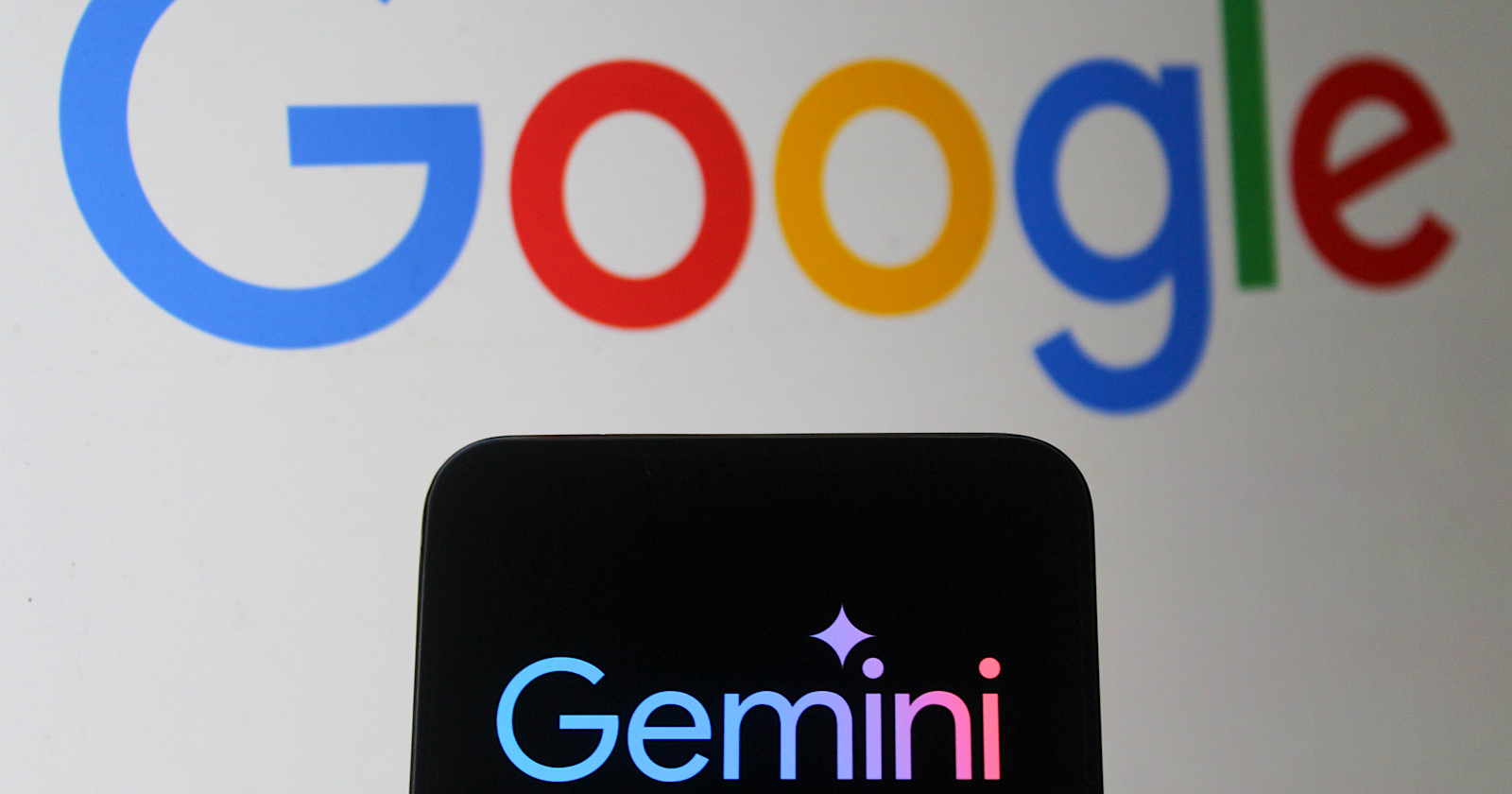Google Offers Voluntary Buyouts To Core U.S. Teams Amid AI Push via @sejournal, @MattGSouthern
Google voluntary buyouts target U.S. Search and Ads staff amid AI restructuring. What does this mean for future layoffs and team priorities? The post Google Offers Voluntary Buyouts To Core U.S. Teams Amid AI Push appeared first on Search...

Google is offering voluntary buyouts to employees across several of its core U.S.-based teams, including Search, Ads, engineering, marketing, and research.
The offer provides eligible employees with at least 14 weeks of severance and is available through July 1, according to reporting from The Verge and The Information.
The buyouts are limited to employees in the U.S. who report into Google’s Core Systems division, and exclude staff at DeepMind, Google Cloud, YouTube, and central ad sales.
An Exit Path, Not a Layoff
While Google has conducted layoffs in other departments earlier this year, the current program is being positioned differently.
It’s entirely voluntary and framed as an opportunity for employees to step away if their goals or performance no longer align with Google’s direction.
In a memo obtained by Business Insider, Jen Fitzpatrick, the Senior Vice President of Core Systems, explained the reasoning behind the move:
“The Voluntary Exit Program may be a fit for Core Googlers who aren’t feeling excited about and aligned with Core’s mission and goals, or those who are having difficulty meeting the demands of their role.”
Fitzpatrick added:
“This isn’t about reducing the number of people in Core. We will use this opportunity to create internal mobility and fresh growth opportunities.”
While the message downplays the idea of forced exits, this move bears a resemblance to earlier reorganizations.
In January, Google began with internal reshuffling in its Platforms and Devices division, which later led to confirmed layoffs affecting Pixel, Nest, Android, and Assistant teams. Whether the current buyouts will lead to further cuts remains to be seen.
New Return-to-Office Rules
Alongside the exit program, Google is updating its hybrid work policy.
All U.S.-based Core employees who live within 50 miles of an approved return site are being asked to transfer back to an office and follow the standard three-day in-office schedule.
Fitzpatrick noted that while remote flexibility is still supported, in-person presence is viewed as critical to collaboration and innovation.
Fitzpatrick wrote:
“When it comes to connection, collaboration, and moving quickly to innovate together, there’s just no substitute for coming together in person.”
These changes are positioned as part of a cultural shift toward spending more time in the office and aligning around shared goals.
Tied to Google’s Broader AI Push
This move comes as Google deploys its AI strategy across multiple business units. Over the past year, the company has:
Rolled out AI Overviews in Google Search Expanded access to AI Mode Expanded automated ad tools for campaign generation and optimization Continued investment in Gemini Announced a $32 billion acquisition of Wiz, a cloud-native cybersecurity firm focused on securing AI and multi-cloud environmentsThis shows AI is driving changes both internally and externally.
Fitzpatrick’s memo opens by framing the current moment as a “transformational” shift for Google:
“AI is reshaping everything—our products, our tools, the way we work, how we innovate, and so on.”
Looking Ahead
While Google insists this isn’t about cutting jobs, the voluntary exit program and mandatory RTO policies make a couple of things clear. Google is fine-tuning who builds its products and how they do it.
Google wants its teams engaged, in-office, and ready to build the next generation of AI-driven tools.
For marketers and SEO professionals, this restructuring could foreshadow faster product rollouts, rapidly evolving search experiences, and continued automation in advertising tools.
Featured Image: Roman Samborskyi/Shutterstock

 Koichiko
Koichiko 



















![The 2026 AI Search Benchmark Every SEO Leader Needs [Webinar] via @sejournal, @lorenbaker](https://www.searchenginejournal.com/wp-content/uploads/2025/11/1-259.png)











